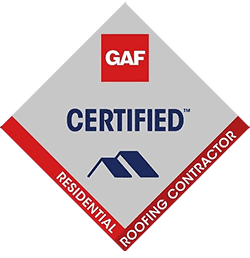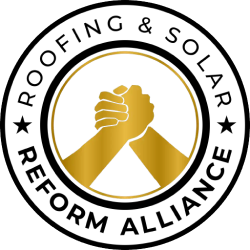[sitesupercharger]
Tags
Roof Services in Beaumont Texas
Roof Services in Lumberton Texas
Roofing Repairs in Beaumont Texas
Roofing Repairs in Lumberton Texas
Subscribe to High & Tight Roofing's Blog



Comments